
Scientists Use AI And Ancient Linen To Reveal What Jesus May Have Truly Looked Like
For centuries, the question of what Jesus Christ truly looked like has fascinated historians, theologians, artists, and believers alike. With little to no contemporary description of his appearance, most depictions of Jesus have relied on cultural interpretations or religious symbolism. However, a groundbreaking project combining artificial intelligence (AI), forensic science, and ancient linen artifacts is now offering what may be the most accurate reconstruction of Jesus’s face ever attempted.
The key artifact in this scientific endeavor is the Shroud of Turin, a piece of linen that many believe to bear the faint image of a man who appears to have been crucified. Although its authenticity has long been debated, it remains one of the most studied religious relics in the world. Recently, a team of researchers—comprising historians, forensic experts, and computer scientists—used the image from the Shroud, along with AI-driven 3D modeling, to digitally reconstruct what Jesus may have looked like.
Using high-resolution scans of the Shroud, the researchers fed data into an AI system trained in facial reconstruction and forensic anthropology. This AI was capable of interpreting depth, bone structure, and facial features from the faint marks left on the fabric. Unlike artistic portrayals that often reflect European ideals, the AI-generated image presented a man with Middle Eastern features, including dark skin, a broad nose, thick eyebrows, and tightly curled hair—characteristics consistent with Jewish men from the Galilean region in the first century.
Dr. Luigi Garlaschelli, one of the forensic scientists involved, explained:
“We’re not saying this is definitively what Jesus looked like, but this model aligns more closely with historical and biological expectations based on the time and region.”
The AI was also cross-referenced with archaeological findings, including skulls from ancient Jewish burial sites and historical texts describing average physical traits of men in Judea during the Roman era.
The resulting image is a striking departure from the often fair-skinned, blue-eyed Jesus seen in Western art. Instead, it shows a man of medium build, approximately 5'1" in height (based on regional averages), with olive-brown skin, a short beard, and deep-set eyes. This portrait not only humanizes Jesus in a new way but also emphasizes the importance of understanding religious figures through historical and cultural context, rather than mythologized representations.
What makes this project especially compelling is how it blends ancient artifacts with modern technology. AI, often associated with futuristic applications, is now being used to explore the past. The researchers noted that without machine learning and 3D modeling, this level of detail and accuracy would have been impossible. More than just an academic exercise, the project bridges science and faith in a powerful, respectful manner.
Of course, the use of the Shroud of Turin remains controversial. Radiocarbon dating conducted in 1988 suggested the Shroud was created in the Middle Ages, not during the time of Jesus. However, more recent studies have challenged the accuracy of those tests, citing possible contamination and flawed sampling techniques. While definitive proof remains elusive, many experts believe the Shroud still offers valuable insight into crucifixion practices and ancient cloth imaging, regardless of its exact origin.
In conclusion, this AI-assisted project does not claim to provide the final answer to the age-old mystery of Jesus's appearance, but it does bring us closer to a historically grounded image. It reminds us that even in the 21st century, modern technology can shed new light on ancient questions. Whether one views Jesus as a divine figure, a prophet, or a historical teacher, this effort serves as a testament to humanity's enduring curiosity and the growing power of science to explore our shared past.
News in the same category


Birds May Use Quantum Reactions to Navigate Across the Globe

Humpback Whales Are Gathering in Giant Super-Pods—Here’s What Scientists Think It Means

Man Builds $20m White House Replica Atop Skyscraper—Now Legal Woes Keep Him Out

Woman Claims Ghost Companion Of 12 Years Warns Of Imminent Apocalypse
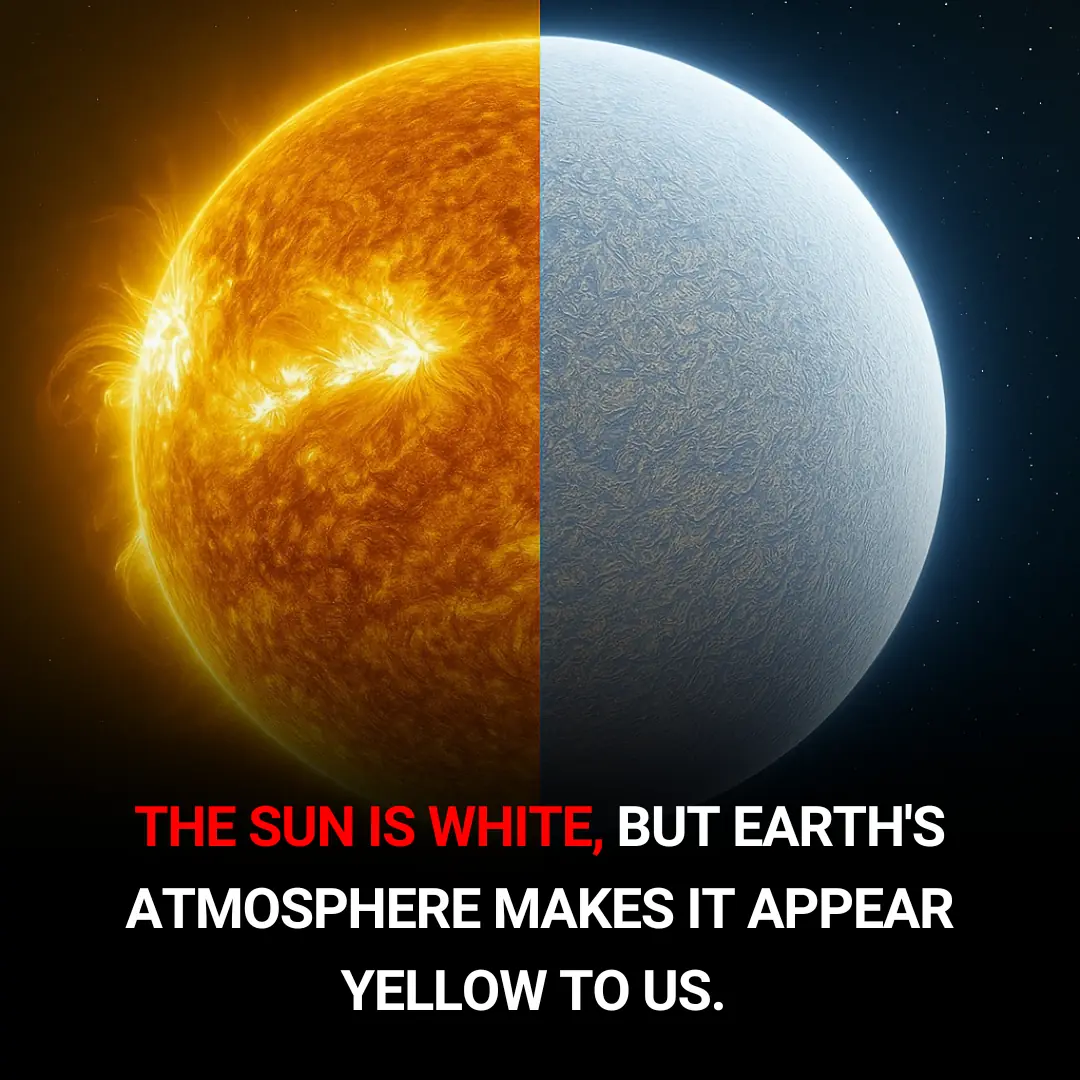
The Sun Isn't Yellow — It's Actually White ☀️
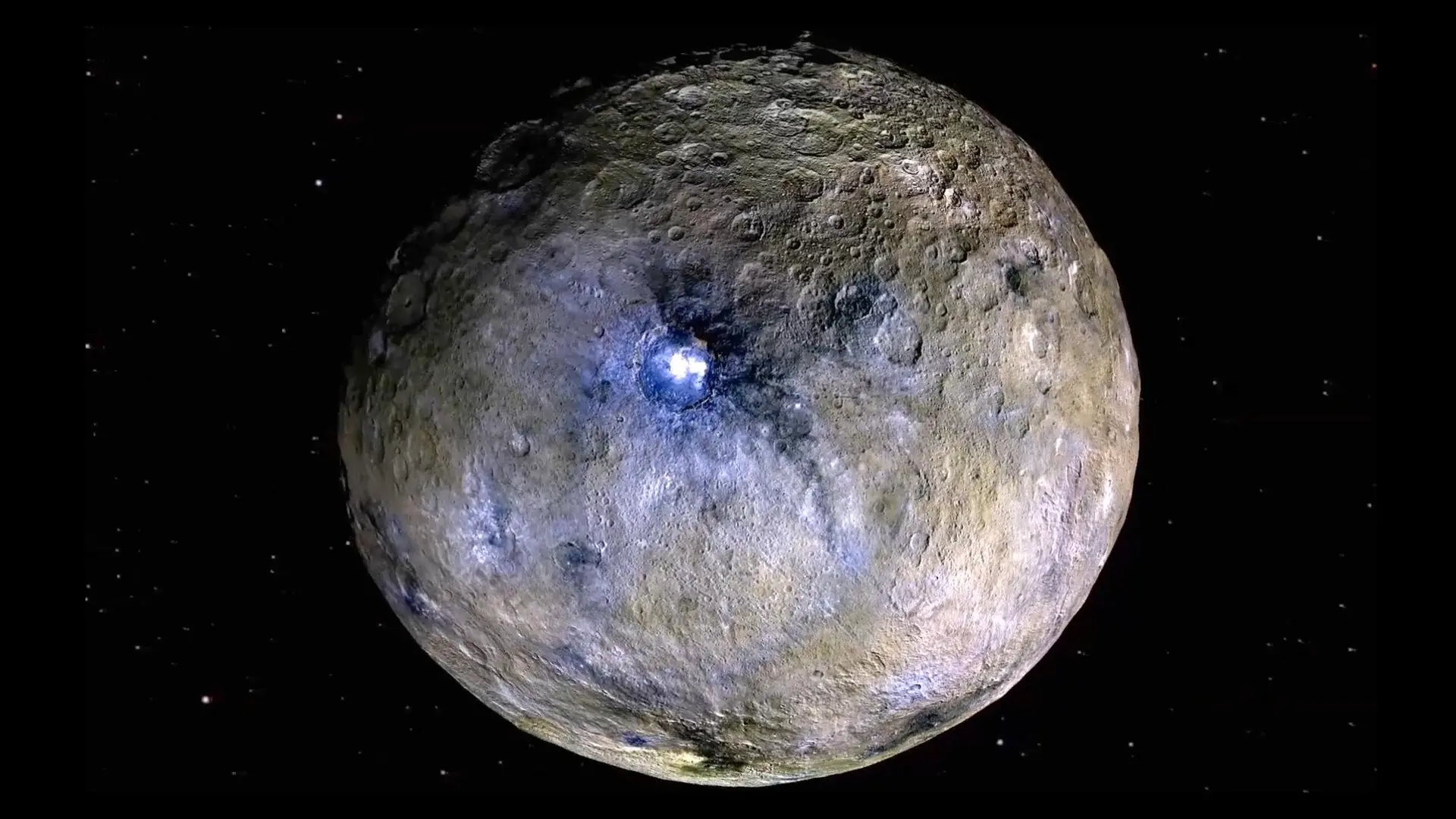
Astronomers Discover 2017 OF201: A Massive Dwarf Planet Beyond Pluto That Could Redefine Our Solar System

Astronomers Discover 2017 OF201: A Massive Dwarf Planet Beyond Pluto That Could Reshape Our Understanding Of The Solar System
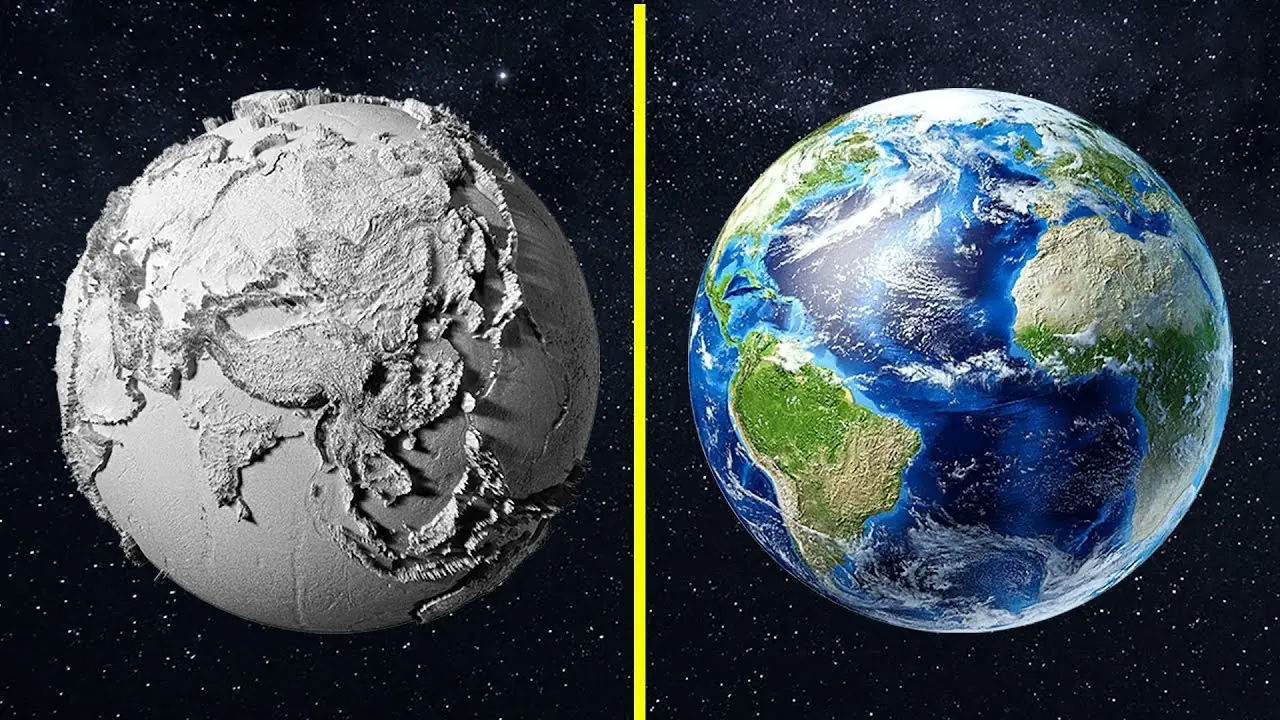
Simulation Shows Earth’s Devastating Collapse If Oxygen Vanished for Just 5 Seconds
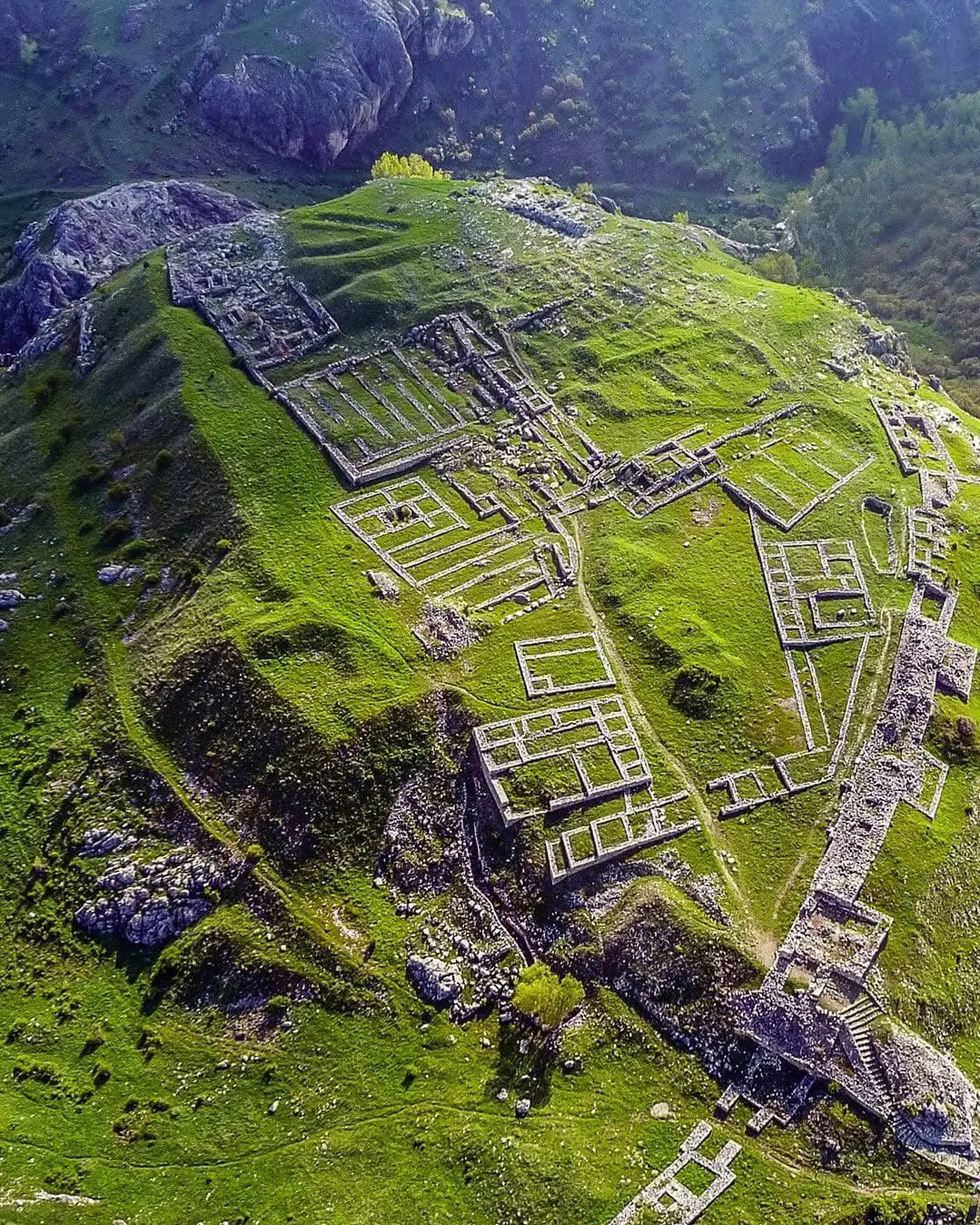
Discover Hattusa: The Ancient City 2,000 Years Older Than Machu Picchu

Man Spends Life Savings On Abandoned Ghost Town Once Worth $500 Million

Scientists Baffled By Perfect Sphere Emitting Radio Signals From Deep Space
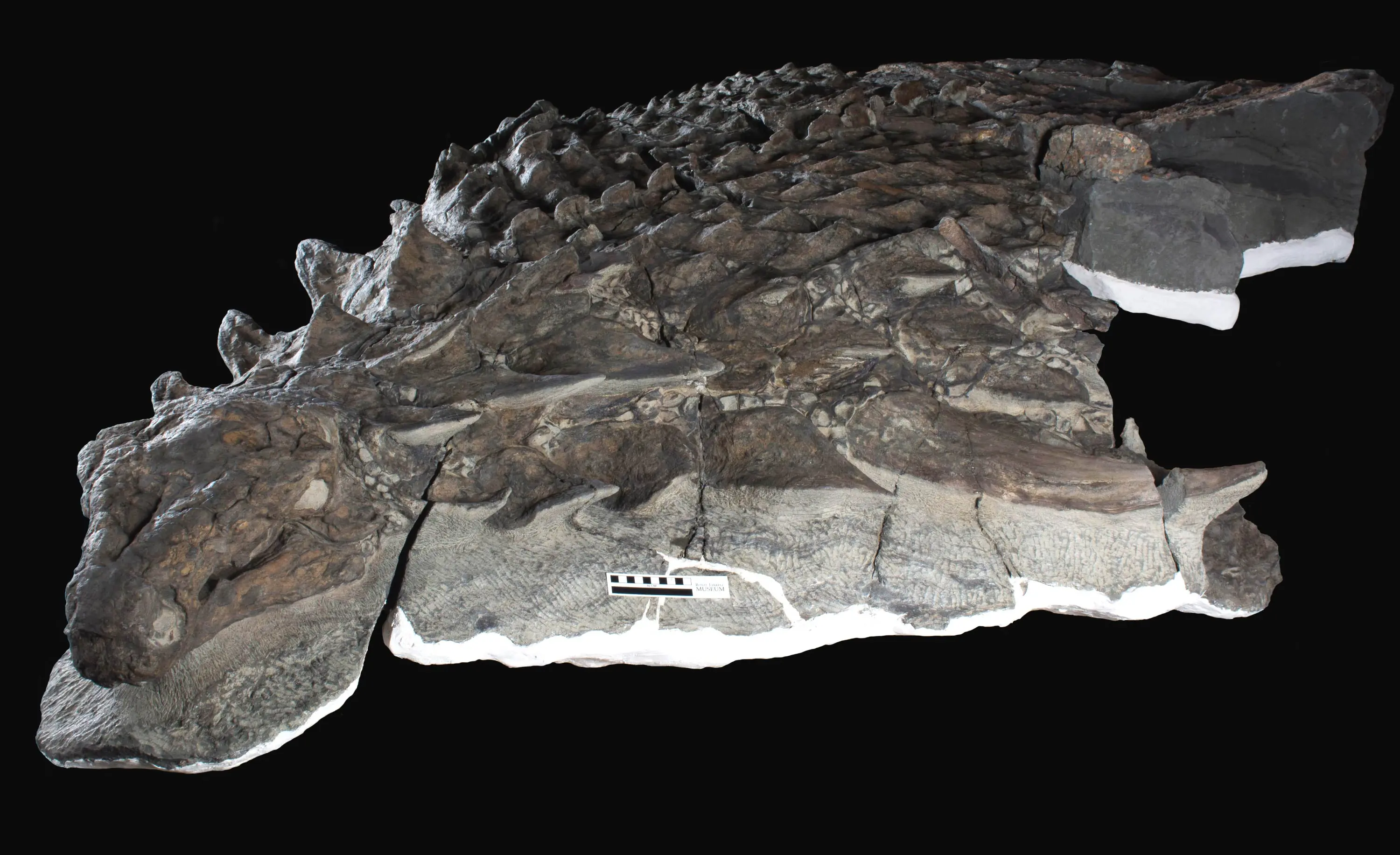
Meet Borealopelta markmitchelli: The Best-Preserved Dinosaur Fossil Ever Discovered

Is the Multiverse Real? Exploring Scientific Theories and Quantum Clues

Don’t Toss Those Eggshells: 17 Ways to Reuse Them

Why This $281m ‘Car’ Built By Boeing Only Goes 8MPH
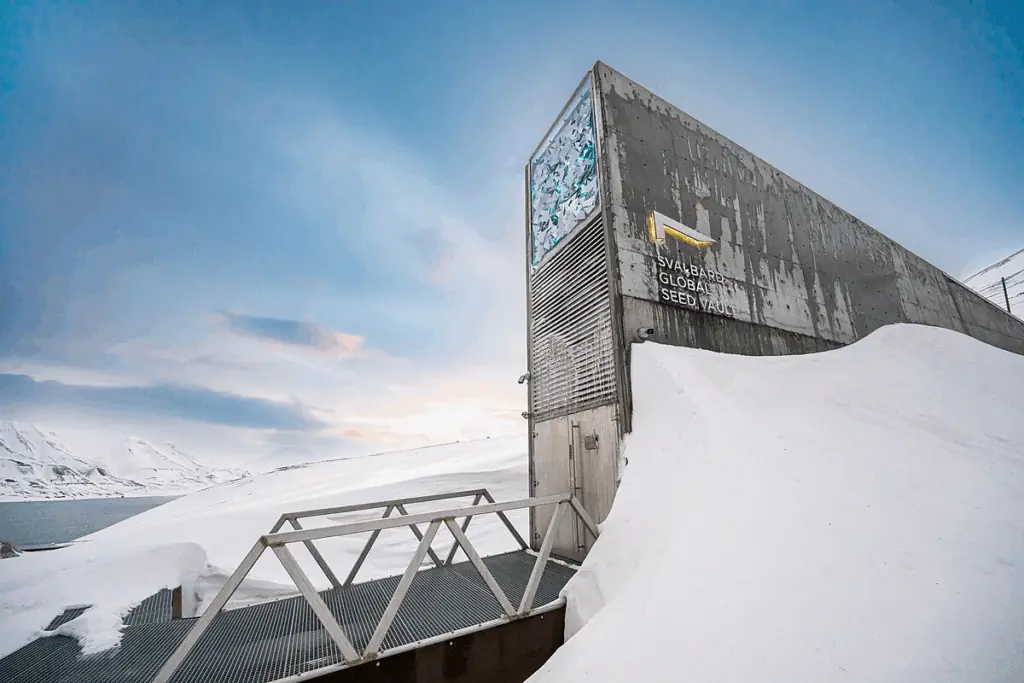
Inside The Global Seed Vault: Earth’s ‘Safest Place’ Only Opens Six Times A Year

Japan’s Ocean Spiral: A Real-Life Sci-Fi Vision Beneath the Waves

‘Ghost Boy’ wakes up from a coma after 12 years – Then he Reveals his spine-chilling secret
News Post

This Ancient Chinese Drink May Help Regulate Blood Sugar, Improve Circulation, and Reduce Inflammation—Naturally!

8 Reasons to Drink Ginger Tea Daily (An Impressive Healing Remedy)

Surprising Link: Marriage May Increase Dementia Risk, New Study Finds

Birds May Use Quantum Reactions to Navigate Across the Globe

She forgot to tell her husband she was coming home. When she entered the apartment, she nearly collapsed from what she saw.

Humpback Whales Are Gathering in Giant Super-Pods—Here’s What Scientists Think It Means

Valya found out by accident that her husband had another woman — she went to the dry cleaner to pick up his suit, and along with the suit, they handed her a huge colorful dress.

Store Owner’s Daughter Kicked Me Out for No Reason — Then Her Mom Walked In and Left Me Speechless

MY SON SMILED RIGHT BEFORE SURGERY—BUT SOMEHOW HE MADE ME STEP OUT OF THE ROOM

An orphaned woman adopted a dark-skinned boy—and 20 years later discovered his shocking secret!

9 Food Combinations That Can Become 'Toxic'—Some Even Classed as Group A Carcinogens: Doctors Advise Avoiding

Age 40 Is a Critical Turning Point for Longevity: 4 Sleep-Related Signs That May Indicate Shorter Lifespan and Health Risks
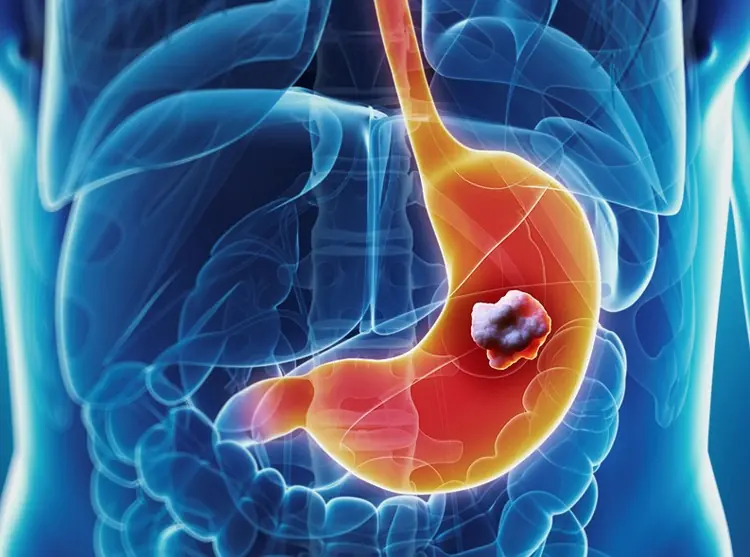
7 Early Signs of Stomach Cancer Everyone Should Know to Prevent Metastasis

Man Builds $20m White House Replica Atop Skyscraper—Now Legal Woes Keep Him Out

At 60, I Healed Cancer, High Blood Pressure, Diabetes, and Poor Circulation – All Thanks to This Powerful Drink

Woman Claims Ghost Companion Of 12 Years Warns Of Imminent Apocalypse

This Simple Homemade Juice Could Transform Your Life — The 100-Year Elixir Revealed!

🧠 How Your Brain Today Reflects Your Habits from Two Weeks Ago

💤 The Science of Dreaming: Why Do We Dream?
